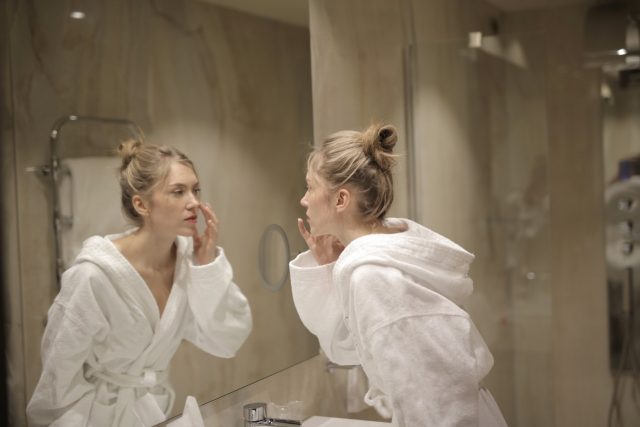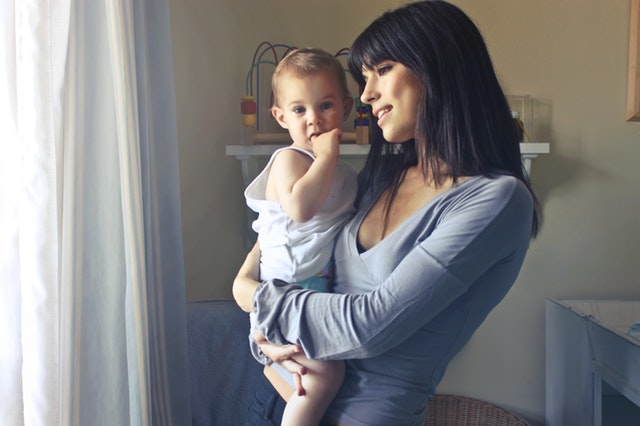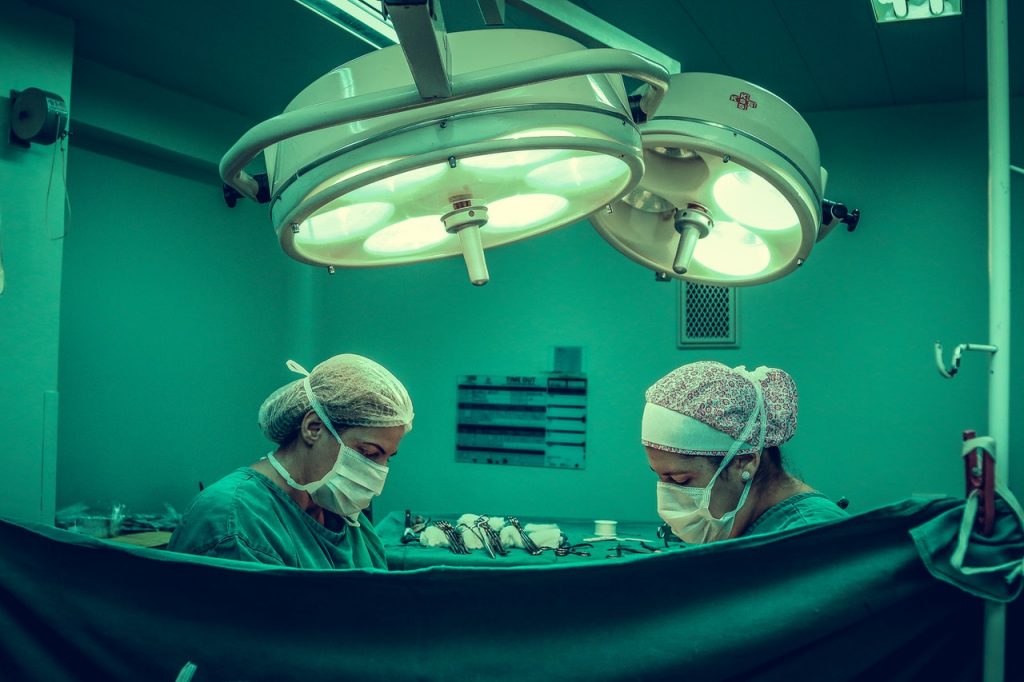Neutrogena has revealed its exciting and innovative technology that can help its consumers by providing a more personalised skincare routine. The company released its app to the iOS App Store and is now available for customers to download. Additionally, customers purchase a ‘skin scanner’ to attach to their phones. The Neutrogena Skin 360 app’s revolutionary technology works by converting analysis from the scanner into a ‘Skin360 score’. The app uses dermatology technology to analyse skin condition over a period of time and monitors changes as well as any improvements. Whilst this technology is limited to Neutrogena products; it begs the question, is this the way of beauty technology and the skincare industry in the future?
Neutrogena has implemented this technology to take the guesswork out of choosing products for consumers. Dermatologist visits can be costly with services identifying an individual’s skin type and quality, often costing upwards of $150. This device has a price point of $50 and can be used repetitively to track skin condition.
How does it work?
Artificial intelligence is expanding and improving in every industry and the beauty technology market is not excluded. Through the use of computing technology, the app will store data on skin condition over time. Through a combination of the facial scanner and the Skin360 app elements of skin condition are studied, such as wrinkle development, the existence of fine lines, the moisture levels of the skin and pore size. To use this technology, consumers place the skin scanner over the camera lens of their phone. Presently, this product is only suitable for iPhones; however, Neutrogena is considering releasing the product to be compatible with Android phones in the future.
Once the scanner is attached, the device can magnify the camera lens. With up to eight LED lights, the magnification can accurately analyse skin components. Additionally, a ‘moisture metre’ features on the skin scanner, which monitors moisture levels of the skin. Through holding the camera lens over various areas of the T-zone and cheeks, images are taken and transmitted to the Skin360 app. When this occurs, information and data are collected and turned into an easy to understand overall score between 1-100, as well as a breakdown of the categories wrinkles, fine lines, pore size and clarity and moisture levels. This app even takes into account matters such as geography and age when creating a score.
Once users have created the digital map of their skin, a recommended product list gets created to give customers a personalised skincare routine to follow.
How does Neutrogena Skin 360 stack up against other technologies?
The significant fall back with this technology is that it is limited to Neutrogena products when recommending a personalised skincare routine. When visiting a dermatologist, skin analysers are used similarly by taking magnified photos of the skin. The difference is, however, that a licensed professional can give a more tailored routine based on other customer requirements. This could surround issues of skin sensitivity and allergies. Dermatologists can also provide recommendations depending on individual values and ethics. This may include only using organic products, brands that do not participate in testing on animals or even companies that focus on sustainable packaging and distribution. While the human element may not be present in Skin 360, there is no doubt the artificial intelligence technology and magnifying ability is impressive as a cost-efficient way to monitor your skin.
The future of Neutrogena Skin 360
It was announced that in 2020, the company would be releasing a new and improved version of the app. Neutrogena customers can get excited as that the brand will showcase the new app at the ‘Consumer Electronics Showcase’ in January. This version does not need the skin scanner to be able to analyse skin quality and relies solely on the camera of your phone.
The new version has added features such as greater diversity and recognition of a range of ethnicity skin types. Elements such as wrinkles and fine lines are analysed like in the previous edition as well as new categories including dark spots, sun spots, under-eye circles and overall skin smoothness. Dissimilarly to the older version, users take ‘selfies’ and data is compared to other photos of individuals of similar ages and backgrounds. The scale has been revised to a score between 1-10 when rating skin quality.
Is this technology detrimental to consumers?
In an age of photo retouching, Photoshop, social media and frequent exposure to media such as magazines and celebrity news, consumers are becoming more focused on the idea of perfection. Research has suggested that the beauty and fashion industry’s standard of beauty has lead to many issues such as eating disorders, body dysmorphia, depression and poor body image. These issues are especially common amongst groups such as young teens and young women. An app that focuses on identifying flaws regularly through constant use can quickly become detrimental for users by highlighting skin problems. Many skin issues can be hereditary, for example, dark under-eye circles and hormonal acne. Often matters such as these cannot be fixed through a moisturiser or facial cleanser and may result in individuals become more self-aware of certain flaws.
The Verdict
While some social and ethical issues may be evident involving body image and mental impacts of the app, there is no denying that this technology is phenomenal. It limits the frequency consumers have to go to a dermatologist and provides a cost-effective way of managing your skincare routine. The level of data able to be stored and proficiency in artificial intelligence is astounding. While a dermatologist using a facial analyser can provide you with a more personalised skincare routine, the Skin 360 app is an excellent alternative innovation for consumers within the beauty industry as a result of its accessibility and affordability.




MOST COMMENTED
Pregnancy & Family
Why Nanny Sharing Benefits the Whole Family
News
Enhancing Healthcare Leadership
Beauty
How To Choose Coloured Lenses For Your Skin Tone
Design
Creating the Perfect Cosplay Costume